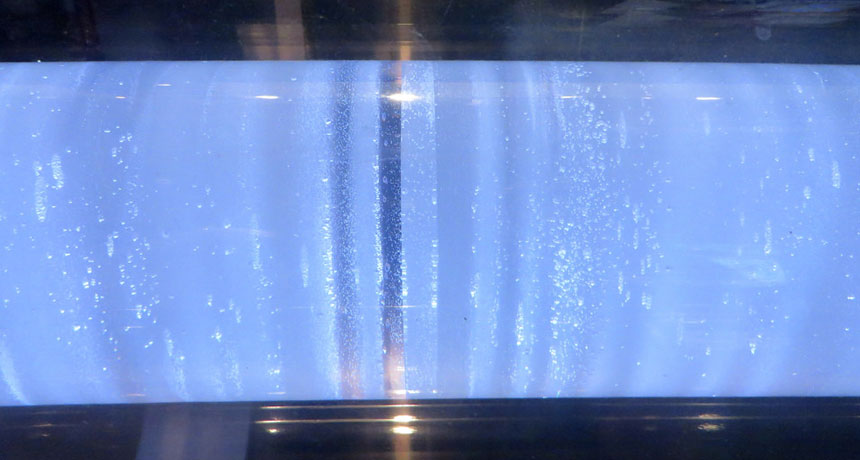Questions for ‘Cool Jobs: Careers on ice’

A section of an ice core containing tiny air bubbles. Scientists can study the air in those bubbles to create a record of Earth’s past climate.
edenpictures/Flickr (CC-BY-2.0)

A section of an ice core containing tiny air bubbles. Scientists can study the air in those bubbles to create a record of Earth’s past climate.
edenpictures/Flickr (CC-BY-2.0)
Register to access:
An error occurred. Please try again.
Already Registered? Enter your e-mail address above.